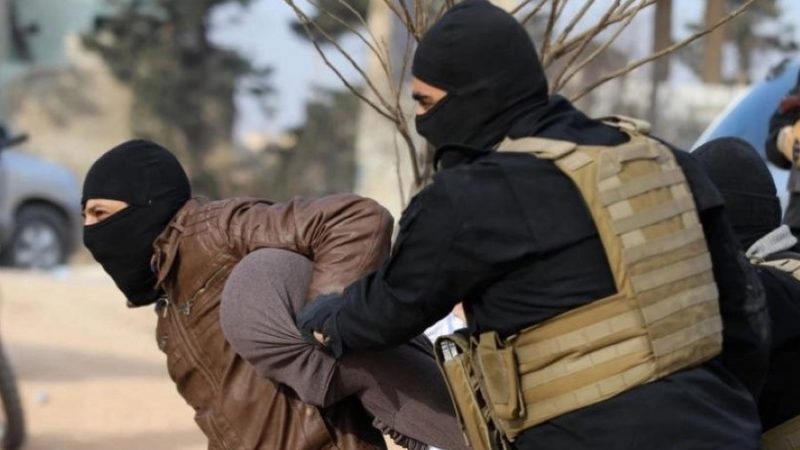In a report released on Sunday, the Syrian Network for Human Rights reported that Hay’at Tahrir al-Sham (HTS) continues to commit various human rights violations, mainly in its detention centers. The report monitored HTS’s most prominent violations to date since the founding of Jabhat al-Nusra.
The report documented the deaths of at least 505 civilians at the hands of HTS, including 71 children, 77 women, and 28 who died from torture. In addition, at least 2,327 people remain in arbitrary detention or forcibly disappeared.
The 63-page report provided a brief background on HTS, discussed the true state of rights and freedoms in areas under HTS control, the judicial system and HTS’ hesba apparatus, HTS’s detention centers, and the methods of torture practiced in those centers. The report also provided statistics on HTS’ most prominent violations since the establishment of Jabhat al-Nusra in Syria was announced, in January 2012, up until the end of 2021.
The report relied mainly on the ongoing daily monitoring and documentation of violations by Jabhat al-Nusra, which eventually became HTS, noting a significant change in the areas that have been under the control of Jabhat al-Nusra / Fateh al-Sham / HTS since 2012.
The report indicated that most of the violations were concentrated in the parts of Idleb and Aleppo governorates controlled by HTS for longer periods of time, compared to areas in other governorates such as Deir-ez-Zor, Hama, or Rural Damascus. The report’s methodology was based on interviews with witnesses, survivors, victims, local activists, lawyers, judicial staff, and former members of opposition factions.
The report indicated that approximately 85 people were interviewed for the report, comprising 22 testimonies as a qualitative sample. The report addressed respect for international humanitarian law during battles with an adversary against the background of Syria’s internal armed conflict. More broadly, the report focused on individuals’ fundamental rights and freedoms under HTS’ control.
The report said that HTS’ control does not merely amount to military hegemony; rather, it extends to control of economic resources and performing a political role. Most importantly, human rights considerations for people living in HTS’ areas of control stemmed from the group’s domestic legitimacy, and not merely from military power and domination.
According to the report, HTS’ judiciary is made up of several judicial bodies, which are almost separate from each other. The bodies are not coordinated and do not follow specific and well-publicized judicial provisions and regulations. Instead, they rely mainly on circulars and ministerial instructions that serve as a law governing the courts. Indeed, there is no procedural law governing the functioning of the courts, such as due process legislation.
In many administrative and judicial positions, HTS relies on students of religious sciences or law students, who are affiliated with or fully loyal to HTS. This structure means that HTS provides no judicial independence or competence.
From the beginning of 2012 to December 2021, at least 505 civilians—including 71 children and 77 women—were killed by HTS. According to a graph presented in the report, the death toll spread across the following demographics: 371 civilians—including 69 children and 67 women killed through illegal attacks. 28 children died from torture and neglect for their health care. 106 victims, including ten women, were killed pursuant to summary and arbitrary measures.
Analysis of the data showed that 2014 was the worst year in terms of the death toll from extrajudicial killings. It was followed by 2013 and 2015, with an equal percentage of killings, and then 2019. According to a graph showing the distribution of HTS’ extrajudicial killing victims by governorate, Idleb topped the rest of the governorates with about 35% of recorded casualties, followed by Homs, Aleppo, and then Hama.
According to the report, at least 2,327 people—including 43 children and 44 women—remain in arbitrary detention or forcibly disappeared. Of HTS’s victims, at least 2,103—including 19 children and 28 women—have been forcibly disappeared.
This article was translated and edited by The Syrian Observer. The Syrian Observer has not verified the content of this story. Responsibility for the information and views set out in this article lies entirely with the author.


